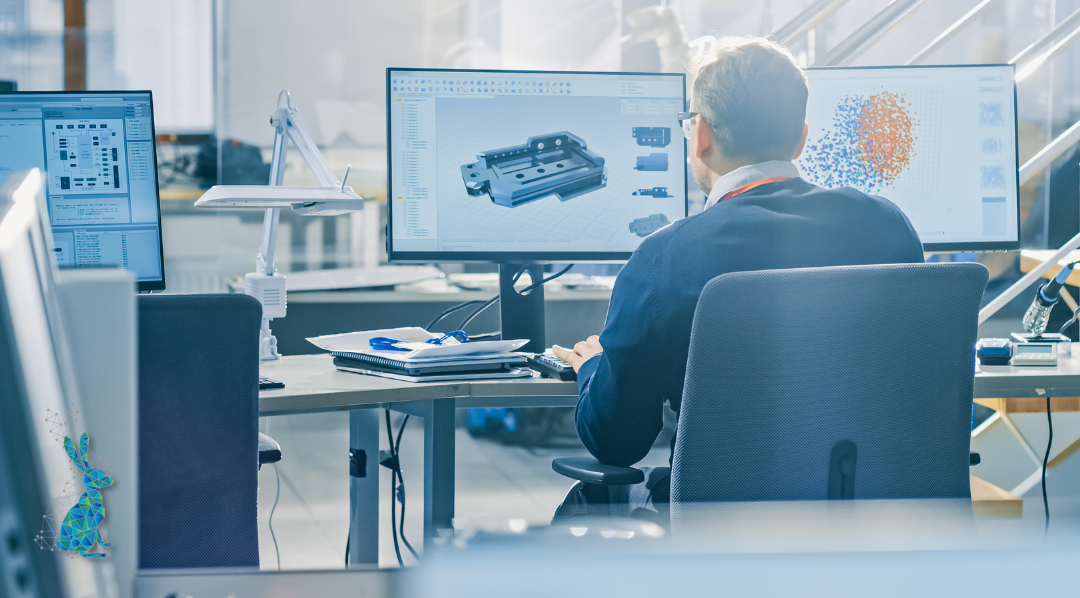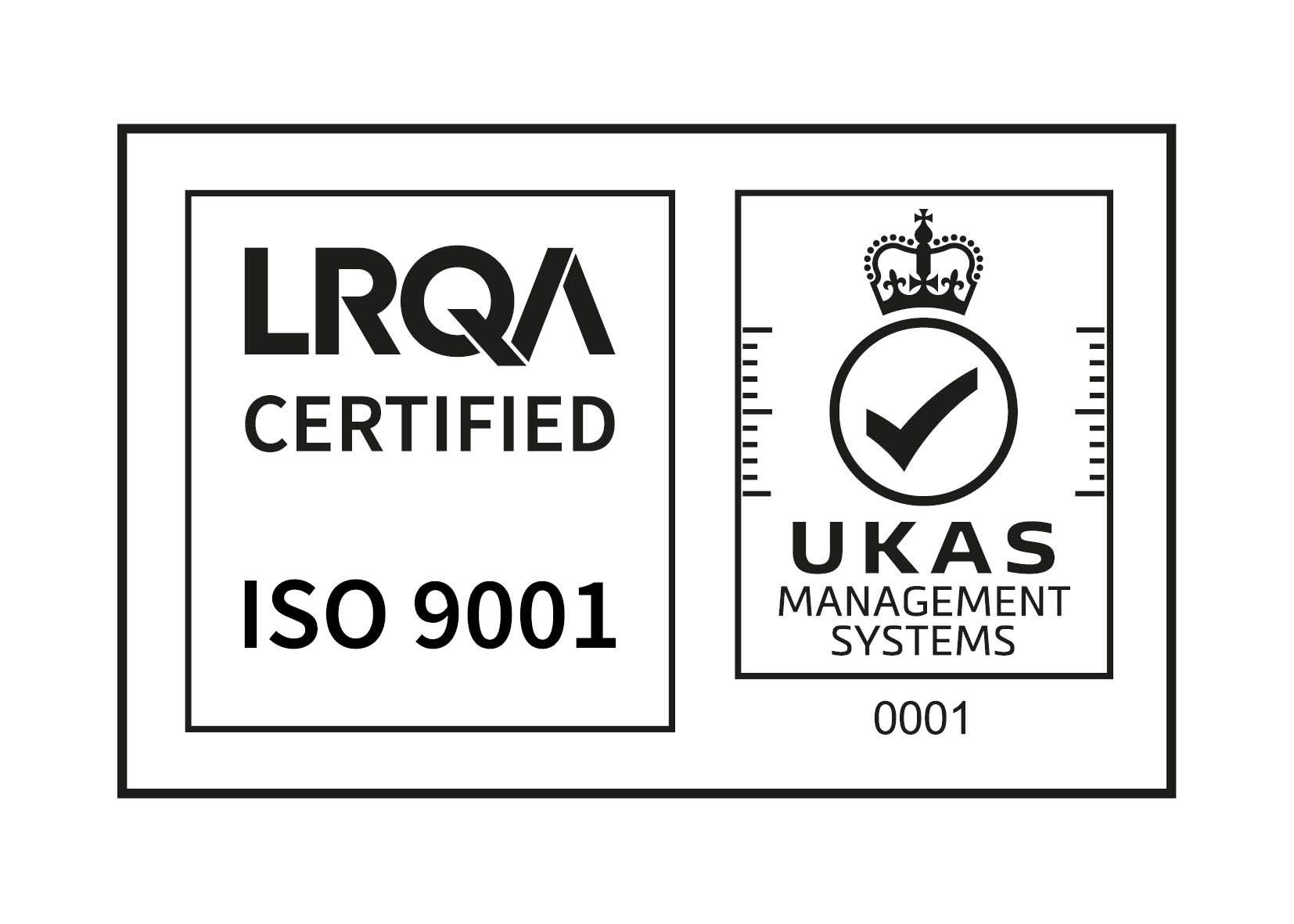Plant 3D vs. E3D: Choosing the Right Piping Design Software for Your Project

Plant 3D vs. E3D: Choosing the Right Piping Design Software for Your Project
Date: 29th January 2024
Precision, efficiency, collaboration – they’re arguably the engineering trifecta of piping design.
Whether you're tackling a maze of pipework within a nuclear power or chemical plant, or are working on a smaller scale maintenance project in oil & gas, choosing the right software can be the difference between success and the whole project being a total headache. And currently, there are two key players in the piping software game: AutoCAD Plant 3D and AVEVA E3D design (previously AVEVA PDMS).
So, when it comes to choosing between these powerhouses, what are the benefits that might sway you one way or the other?
E3D: The Industry Titan
Think nuclear reactors and sprawling refineries – that's where E3D is in its element, leading the industry standard for large-scale projects. Its strengths lie in its unmatched ability to handle vast, intricate layouts, seamlessly accommodating collaboration between large teams. However, its hefty price tag, not to mention the additional "bolt-on" costs – means that it is considered more of a niche software. This has also led to a decline in popularity in the oil and gas sector, where more agile alternatives are seeming to be more in favour.
Plant 3D: The Workhorse
While a notably smaller price tag makes Plant 3D a more affordable option, its strengths extend far beyond cost. It excels in plant layout and piping design, and is one of the easier softwares to integrate with tools like laser scanners and Inventor (making it perfect for skid fabrication and vessel design). Just like E3D, Plant 3D allows multiple designers to work together on a project, however, it's essential to have a vigilant administrator ensuring its smooth operation and compliance with piping specifications.
Choosing Your Weapon
The choice between Plant 3D and E3D boils down to your project's unique needs and constraints. For example, you’ll want to consider:
Project Size and Complexity: For multi-million pound projects with large sites and large teams, E3D's technical arsenal may be worth the investment.- Budget: For smaller, cost-sensitive projects, Plant 3D's affordability and workflow efficiency shine.
- Industry: This one isn’t set in stone, but generally, E3D reigns supreme in the nuclear industry due to the much larger scale of the site and budget. Previously, it was common to see this used in the oil and gas sectors too but we’re currently seeing more of a shift in these industries toward Plant 3D.
- Futureproofing: There are currently a couple of other softwares creeping their way into the market. Emerging contenders like Smart Plant 3D and (strangely) Inventor are also offering a lot of features and bolt-ons to streamline the piping design process. In our opinion, they aren’t currently considered competitors of Plant 3D and E3D, but they’re definitely ones to watch for smaller projects.
Remember, your software is just a tool, a powerful one yes, but ultimately, it's the designer's skill and vision that determine the success of the project.
To find out more about how we can assist with your next project, drop us an email at
enquiries@ohare-eng.co.uk.




